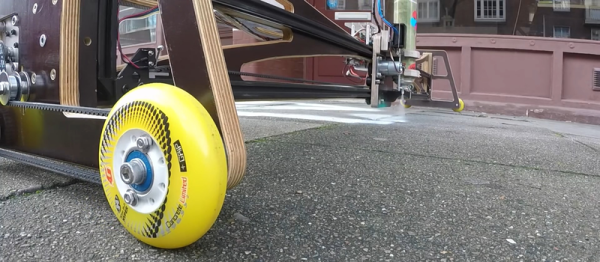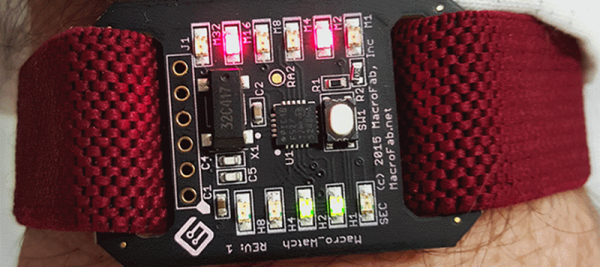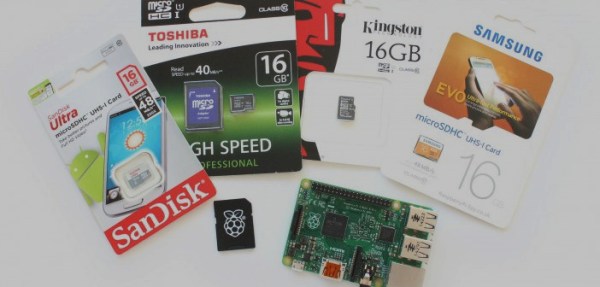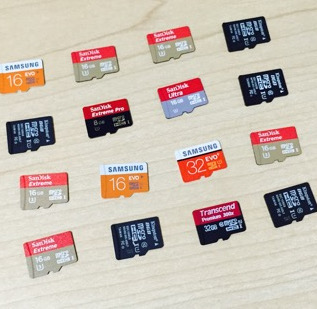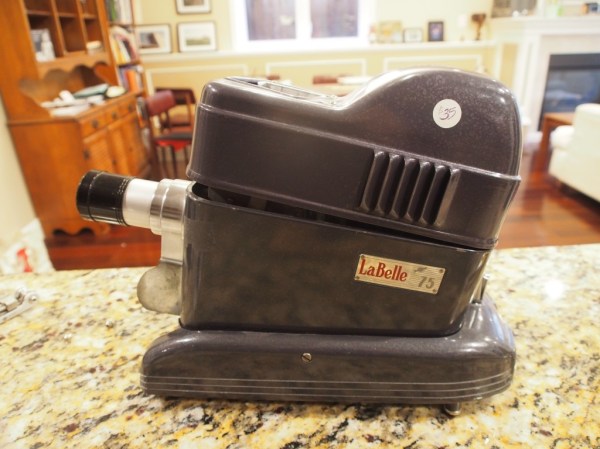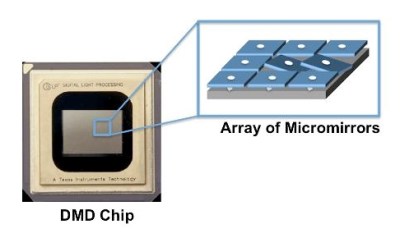For the last few years, Hackaday has been putting together some amazing contests. We gave away a trip to space, but the winner took the money instead. We gave away another trip to space, but those winners took the money instead. But we had a ton of fun along the way and are glad to see some others are getting in on the action. In September, a contest appeared out of the blue on hackaday.io. It is the Square Inch Project, a contest with the goal of stuffing the most electronics on a square inch of printed circuit board.
This wasn’t a contest designed, planned, or organized by anyone in charge here; this is a completely organic competition arranged and implemented by the hackaday.io community. A few months ago, a few notable hackaday.io people just decided to have a contest. Awesome.
OSHPark was kind enough to give out credits for PCBs as prizes, a we added in a few gift certificates to the Hackaday Store. Apparently that’s all you need to get a lot of people making a lot of cool stuff.
There are a lot of really great entries – far too many to cover in a single post – but you’ll find a few great ones below.


